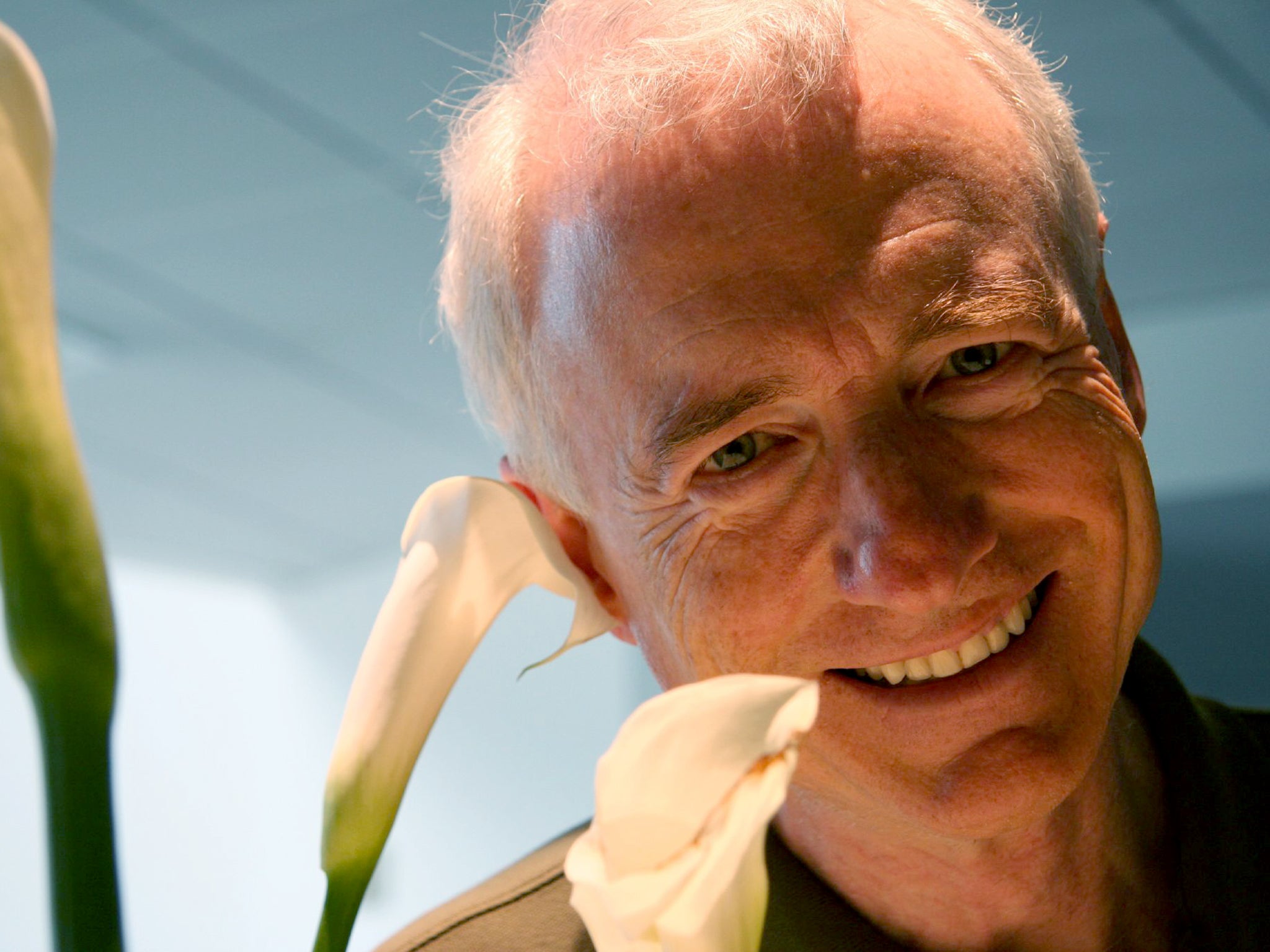Larry Tesler: Computer scientist whose innovations transformed everyday life
Tesler invented the copy and paste functions and played a key role in making computing more practical

Your support helps us to tell the story
From reproductive rights to climate change to Big Tech, The Independent is on the ground when the story is developing. Whether it's investigating the financials of Elon Musk's pro-Trump PAC or producing our latest documentary, 'The A Word', which shines a light on the American women fighting for reproductive rights, we know how important it is to parse out the facts from the messaging.
At such a critical moment in US history, we need reporters on the ground. Your donation allows us to keep sending journalists to speak to both sides of the story.
The Independent is trusted by Americans across the entire political spectrum. And unlike many other quality news outlets, we choose not to lock Americans out of our reporting and analysis with paywalls. We believe quality journalism should be available to everyone, paid for by those who can afford it.
Your support makes all the difference.Larry Tesler, who has died aged 74, invented and named the “cut, copy and paste” commands on computers, an indispensable part of the everyday operation of digital devices. Tesler, who worked for several leading tech companies, including Xerox, Apple, Amazon and Yahoo, devoted much of his career to the idea of making computers practical, inexpensive and easy to use.
During the 1970s, he worked at Xerox’s Palo Alto Research Centre (Parc) in California, which produced many breakthroughs in computer technology. Among other advances, Tesler was credited with helping to develop the terms “user-friendly” and “WYSIWYG”, for “what you see is what you get”, to describe the goal of having computer printouts be the exact duplicate of what is seen on a screen.
He also devised what is known as Tesler’s Law, a tenet holding that in any computing system there is a level of technical complexity that cannot be reduced.
It was Tesler’s work on the Gypsy word processor at Parc during the 1970s that turned out to have the greatest utility and long-term impact. With his interest in simplicity and ease of use, he sought ways to make computers more interactive for consumers, a notion called “user interface” in computer design. In developing his designs and ideas, Tesler often asked ordinary users – rather than computer experts – what they wanted their machines to do.
At the time, computers operated in separate “modes”. For instance, text could be entered in one digital mode, but for editorial changes to that text, the user would have to switch the computer to a different mode. Tesler helped refine the concept of “modeless” computing, in which a user could perform a variety of functions at all times without manually changing how the computer would operate.
For his best known innovation, Tesler adapted an age-old practice of schoolchildren – cutting out pictures and pasting them in scrapbooks – to computers. At first, he thought the term “cut and paste” would apply strictly to design and visual images.
Tesler and another computer scientist, Tim Mott, collaborated on the development. Mott came up with the idea of the double-click to select a word, Tesler said. By pressing or “clicking” on a computer mouse and then dragging the cursor across an image or a block of text, the selected material could be highlighted, or cut. A similar procedure with the mouse would allow that text to be copied or pasted onto another part of the computer document on the screen.
The technical advance was not put into widespread practice until years later, after Tesler had left Xerox for Apple. The cut-copy-paste command was incorporated into Apple’s Lisa computer in 1983, then became a standard function on the Macintosh operating system, which was introduced a year later. It is now an essential element of every digital device.
Always interested in software and design, Tesler worked on many elements of computers now taken for granted, such as the proper tension in the cord attached to a computer mouse and the amount of finger pressure needed to click the mouse.
Lawrence Gordon Tesler was born in 1945, in the Bronx, New York. His father was a physician, his mother a homemaker.
Tesler became fascinated with the emerging technology of computers in the 1950s, when he saw early computers used to predict presidential elections. He studied mathematics at Stanford University, where he did computer programming for medical researcher and Nobel laureate Joshua Lederberg. After graduating in 1965, Tesler became a computer programmer and worked at the Stanford Artificial Intelligence Laboratory.
He joined Xerox in 1973 and reportedly demonstrated the company’s Alto computer to Steve Jobs, who then adapted the Alto’s mouse and other elements to improve the design of the personal computer. Tesler followed Jobs to Apple in 1980 and held various high-level positions at the company, including chief scientist – a job once held by computer visionary Steve Wozniak.
After leaving Apple in 1997, Tesler founded a software company and later worked at Yahoo and Amazon, where he was vice president of “shopping experience” and worked on Amazon’s programme allowing customers to preview books online.
He is survived by his second wife, Colleen Barton, and a daughter from his first marriage.
Larry Tesler, computer scientist, born 24 April 1945, died 16 February 2020
© Washington Post
Join our commenting forum
Join thought-provoking conversations, follow other Independent readers and see their replies
Comments